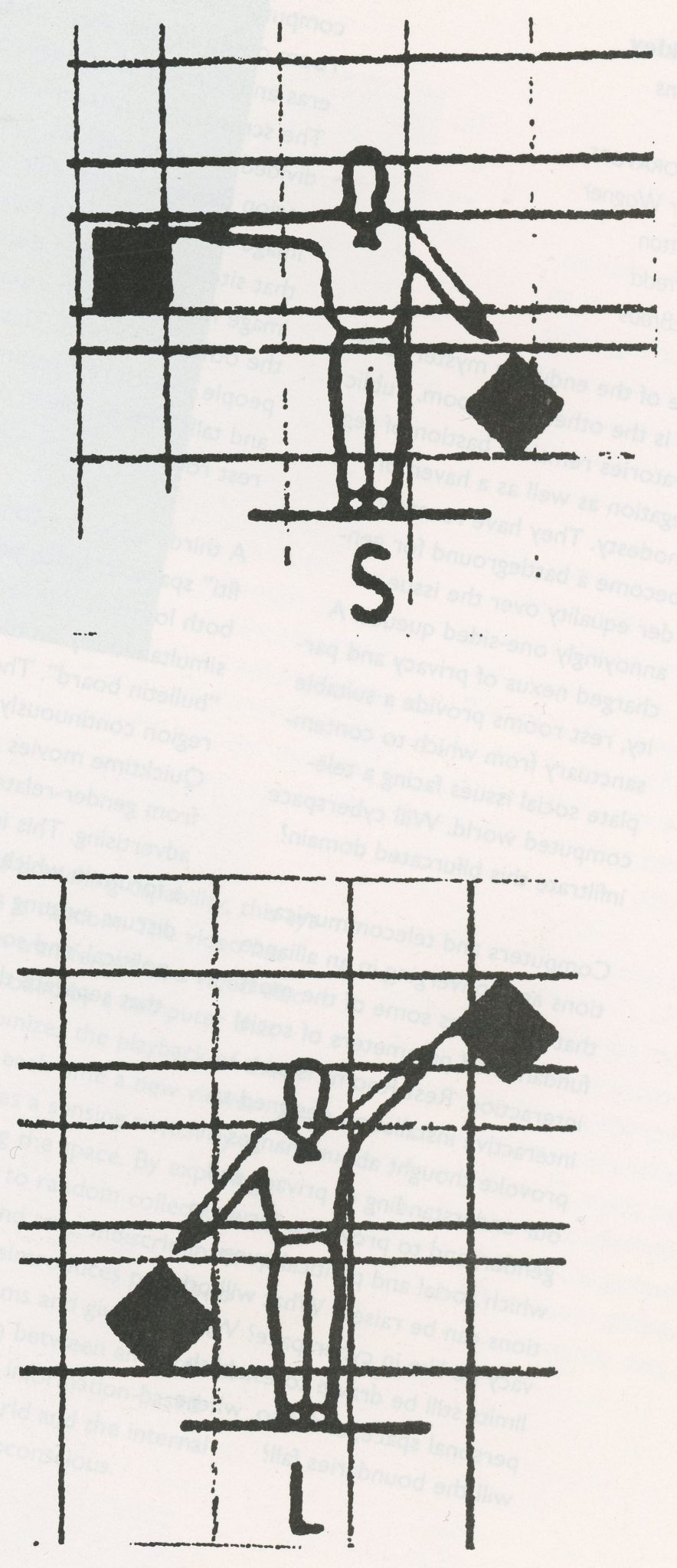Gertfried Stocker, Horst Hörtner: Winke Winke
Artist(s):
Collaborators:
Title:
- Winke Winke
Exhibition:
Creation Year:
- 1994
Medium:
- Interactive Installation
Category:
Artist Statement:
The highly suggestive force of marine imagery meets the immateriality of digital information, which is not yet surrounded by myths.
During the French Revolution, the first optical telegraphy network was established (under government control) in France from 1794 onwards. The system’s achromatic objectives, which were already available at that time, were capable of spanning long distances. The invention of the electric telegraph was vehemently opposed by these supporters of visual telegraphy. Ever since, their line of reasoning has determined the discussion on open media and communication.
In Winke Winke, a simple computer terminal (modem, keyboard, and monitor) located in a public space is connected to a robot set up over the roofs of the city. Visible over a long distance, this robot visualizes the messages entered into the computer by means of the international marine semaphore system. Each letter typed into the keyboard or received via the modem is immediately translated into the corresponding semaphore sign.
From the roof of a high building in a neighboring town, a video camera with a powerful telephoto lens records the robot. These pictures are fed into a computer that recognizes the signals by means of motion scanning (digital picture acquisition) and outputs them on-screen-again as letters.
This project leads back to the cradle of current communication technologies that are about to radically change the world’s appearance. The basic kinetic structure of the digital communication process is slowed down by the “effort” of translating, of understanding.





